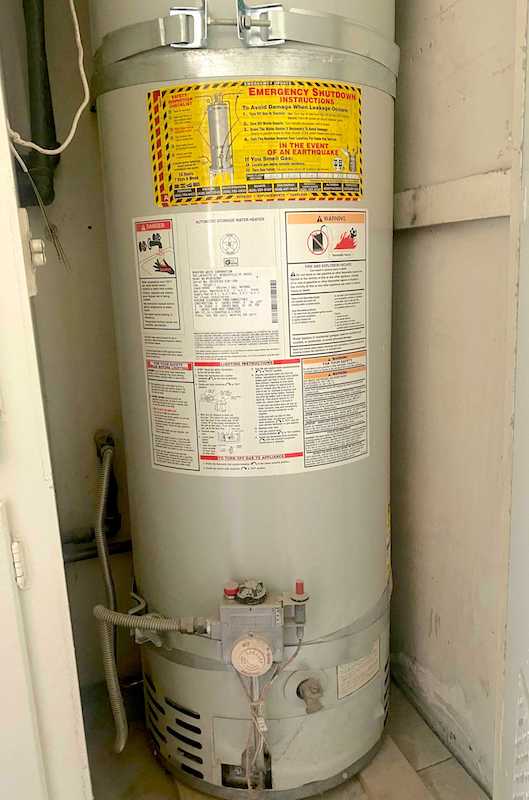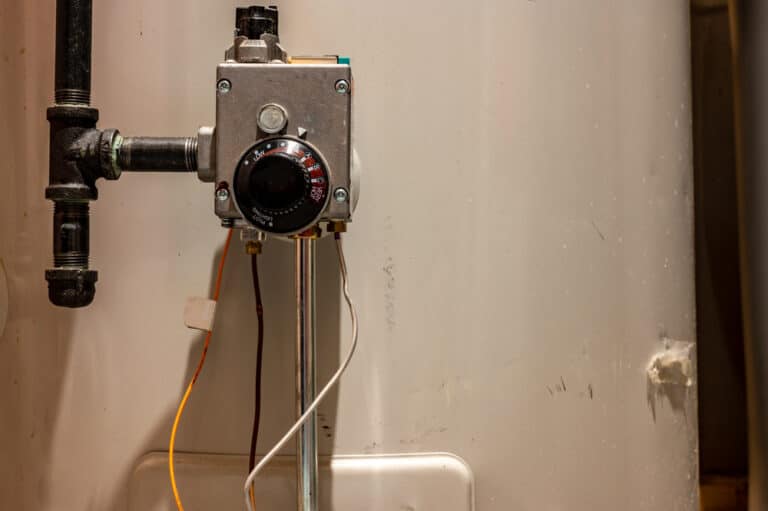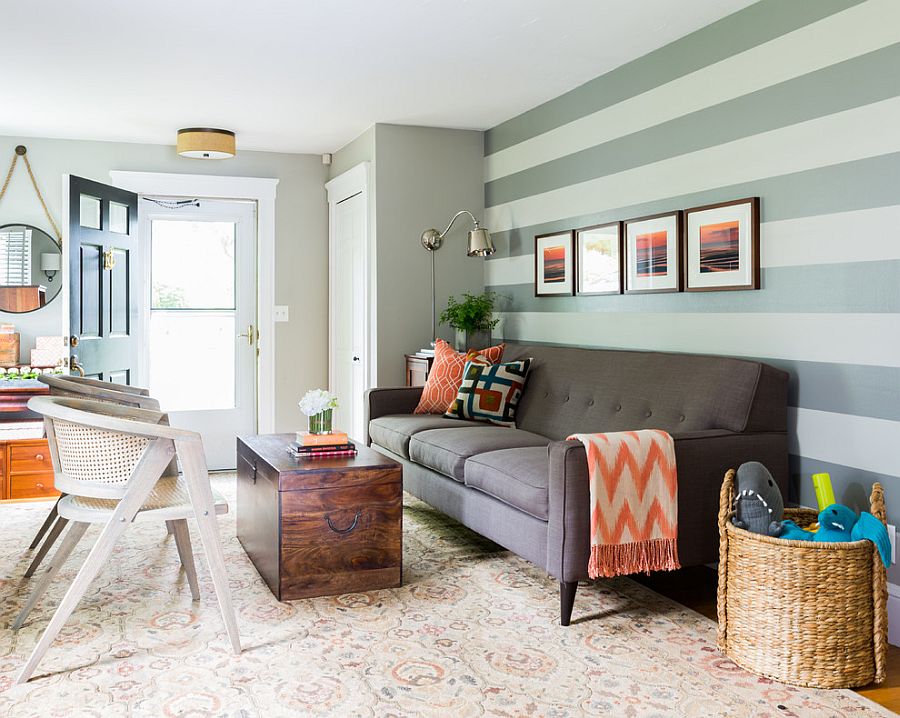If you've noticed that your kitchen light has gone out, chances are you just need to replace the lightbulb. It's a simple task that can easily be done in a few minutes. Here's how to replace a lightbulb in a kitchen light fixture. The first step is to make sure the power to the light is turned off. This can be done by either flipping the switch to the off position or turning off the breaker in your electrical panel. Safety should always be a top priority when dealing with electricity. Next, locate the lightbulb in your kitchen light fixture. Depending on the type of fixture you have, the lightbulb may be covered by a glass or plastic cover. If this is the case, carefully remove the cover to access the lightbulb. Once the lightbulb is exposed, use a rag or pair of gloves to handle it. This will prevent any potential burns from a hot bulb and also help protect the bulb from any oils on your hands. Unscrew the old bulb and carefully dispose of it. When selecting a new lightbulb, make sure to choose the correct wattage for your fixture. You can usually find this information on the old bulb or on the fixture itself. Screw the new bulb in place, making sure it is secure and tight. Finally, replace the cover if necessary and turn the power back on to your light. Flip the switch or turn the breaker back on and test the light to make sure it is working properly.Replacing a Lightbulb in a Kitchen Light Fixture
If your kitchen has a ceiling light, the process for changing the lightbulb is similar to a light fixture. However, there may be some differences depending on the type of ceiling light you have. If your ceiling light has a glass or plastic cover, remove it to access the lightbulb. If the lightbulb is exposed, you can skip this step. Use a rag or gloves to handle the lightbulb and carefully unscrew it from the fixture. Choose a new lightbulb with the correct wattage and screw it into place. If your ceiling light has a cover, make sure to put it back on before turning the power back on. Test the light to ensure it is working properly. If your ceiling light is a recessed or can light, the process may be a bit different. These types of lights usually require a special tool called a "lightbulb changer" to reach and replace the bulb. You can purchase one of these tools at a hardware store or online. Once you have the tool, follow the instructions provided to safely change the lightbulb. It's important to always read and follow the instructions carefully to avoid any accidents or damage to the light fixture.How to Change a Lightbulb in a Kitchen Ceiling Light
If you've replaced the lightbulb in your kitchen light and it still won't turn on, there may be an underlying issue that needs to be addressed. Here are a few troubleshooting tips to help you figure out the problem. First, double check that the power to the light is turned on. It may seem obvious, but sometimes a switch can be accidentally turned off or a breaker can be tripped. If the power is on and the light still won't turn on, there may be an issue with the wiring or the fixture itself. If you feel comfortable, you can check the wiring to make sure all connections are secure. If you notice any loose or damaged wires, you may need to call a professional electrician to fix the issue. It's important to never attempt to fix electrical issues yourself if you are not trained or experienced in this area. Another potential issue could be a blown fuse in your electrical panel. This can happen if there is a power surge or if too many appliances are using the same circuit. Check your panel and replace any blown fuses with new ones. If none of these troubleshooting tips work, it may be time to call a professional to assess the issue and make any necessary repairs.Troubleshooting a Kitchen Light That Won't Turn On
If you've noticed that your kitchen light keeps going out, there may be a few different reasons why. Here are some potential causes and solutions for this issue. First, check the wattage of the lightbulb you are using. If it is too high for the fixture, it can cause the bulb to burn out quickly. Make sure to always use the correct wattage for your light fixture. Another potential cause could be a loose connection in the wiring. This can happen over time with wear and tear. If you feel comfortable, you can check the connections and tighten any loose wires. Otherwise, it's best to call a professional to handle any electrical repairs. Lastly, make sure to clean the fixture and remove any dirt or debris that may be causing issues with the connection. This can also help prevent any future issues with your kitchen light.How to Fix a Kitchen Light That Keeps Going Out
If your kitchen light has a burnt out lightbulb, it's important to replace it as soon as possible. A burnt out lightbulb can be a fire hazard and should not be left in the fixture. Follow the same steps as mentioned earlier to safely replace the lightbulb. Make sure to dispose of the burnt out bulb properly and choose a new one with the correct wattage for your fixture. If you notice that your lightbulbs are burning out frequently, it may be a sign of a larger issue and you should consult a professional electrician.Replacing a Burnt Out Lightbulb in a Kitchen Light
Changing the lightbulb in a kitchen pendant light is similar to changing a lightbulb in a regular fixture. The only difference is that pendant lights usually hang from the ceiling and may require a ladder or step stool to reach. Follow the same steps as mentioned earlier to safely replace the lightbulb. If the pendant light has a glass or plastic cover, carefully remove it to access the lightbulb. Choose a new bulb with the correct wattage and screw it into place. If you are unable to reach the pendant light to change the bulb, it may be best to call a professional to safely handle the task.How to Change a Lightbulb in a Kitchen Pendant Light
If your kitchen light flickers on and off, it can be a frustrating and potentially dangerous issue. Here are some potential causes and solutions for a flickering light. First, check the lightbulb to make sure it is screwed in properly and secure. If it is, the issue may be with the wiring. Check the connections and tighten any loose wires. If this does not solve the issue, it's best to call a professional to handle any electrical repairs. Another potential cause could be a voltage issue. If the voltage is too high or too low, it can cause the light to flicker. This may require the help of an electrician to fix the problem. Lastly, make sure the fixture is clean and free of any dirt or debris that may be causing issues with the connection. Regularly cleaning your kitchen light can help prevent any future flickering.Fixing a Kitchen Light That Flickers On and Off
If you've determined that a blown fuse is the cause of your kitchen light not working, here's how to replace it. First, locate your electrical panel and turn off the power to the area where the blown fuse is located. Remove the blown fuse and replace it with a new one. Make sure it is the correct size and amperage for your electrical panel. Turn the power back on and test the light to make sure it is working properly. If you continue to experience blown fuses, it may indicate a larger issue and you should call a professional electrician.Replacing a Blown Fuse in a Kitchen Light
If you are installing a new lightbulb in your kitchen light fixture, the process is the same as replacing a burnt out bulb. However, there are a few important things to keep in mind. First, make sure the power to the fixture is turned off. If you are installing a fluorescent lightbulb, make sure it is properly connected and screwed in. If you are installing an LED lightbulb, make sure it is compatible with your fixture and that you follow any specific instructions that may come with the bulb. Once the lightbulb is in place, turn the power back on and test the light to ensure it is working properly.How to Install a New Lightbulb in a Kitchen Light Fixture
If your kitchen light keeps turning off after you turn it on, it can be a frustrating issue. Here are some potential causes and solutions for a light that won't stay on. First, make sure the power to the light is turned on. If it is, the issue may be with the switch. Check the switch to make sure it is working properly and replace it if necessary. If the switch is not the issue, there may be a problem with the wiring or the fixture itself. It's best to call a professional electrician to assess the problem and make any necessary repairs. Another potential cause could be a faulty lightbulb. Try replacing the bulb with a new one to see if that solves the issue. In conclusion, if your kitchen light goes out, there are several potential causes and solutions. It's important to always prioritize safety when dealing with electricity and to consult a professional if you are unsure or uncomfortable with any electrical repairs. With proper maintenance and troubleshooting, your kitchen light can continue to provide bright and functional lighting for years to come.Troubleshooting a Kitchen Light That Won't Stay On
How to Choose the Perfect Kitchen Lighting for Your Home
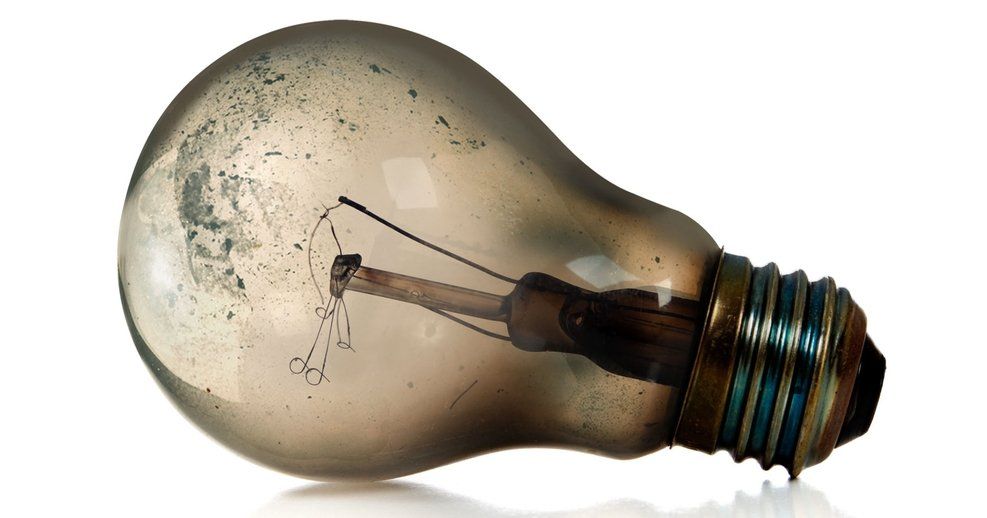
The Importance of Good Lighting in House Design
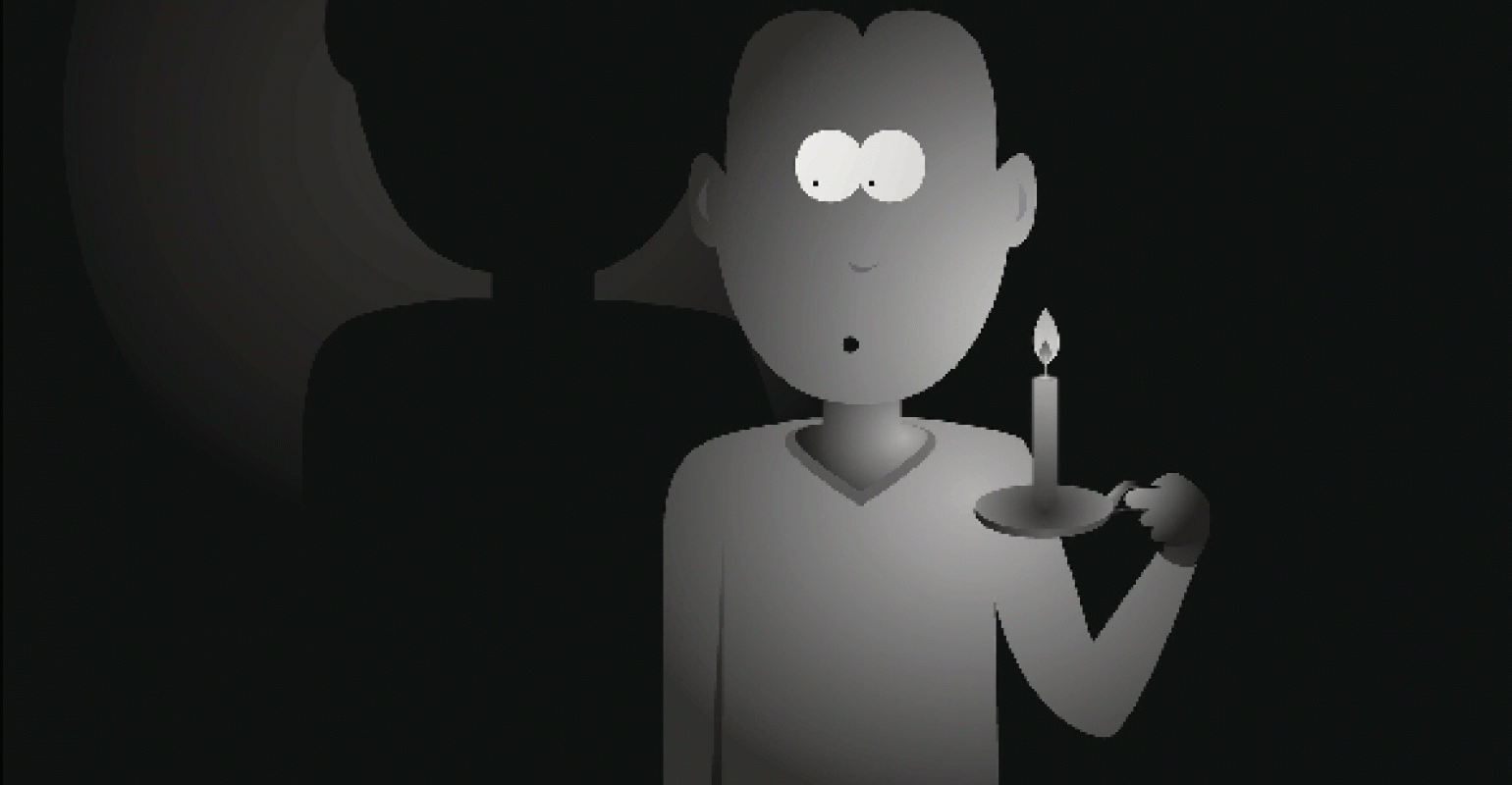 When designing a house, many homeowners tend to focus on the big elements such as room layouts, furniture, and color schemes. However, one important aspect that is often overlooked is lighting. Good lighting can make a huge difference in the overall look and feel of a home, and the kitchen is no exception. The kitchen is often referred to as the heart of the home, and it's where we spend a significant amount of time cooking, eating, and entertaining. Therefore, it's crucial to have proper lighting in this space to create a functional and inviting atmosphere.
Kitchen Light Went Out
: Dealing with a kitchen light that goes out can be frustrating and inconvenient. It's important to address the issue promptly to avoid cooking in the dark or relying on temporary lighting solutions. But before you rush to replace the lightbulb, take a moment to consider your options and make an informed decision about the type of lighting that will best suit your kitchen.
When designing a house, many homeowners tend to focus on the big elements such as room layouts, furniture, and color schemes. However, one important aspect that is often overlooked is lighting. Good lighting can make a huge difference in the overall look and feel of a home, and the kitchen is no exception. The kitchen is often referred to as the heart of the home, and it's where we spend a significant amount of time cooking, eating, and entertaining. Therefore, it's crucial to have proper lighting in this space to create a functional and inviting atmosphere.
Kitchen Light Went Out
: Dealing with a kitchen light that goes out can be frustrating and inconvenient. It's important to address the issue promptly to avoid cooking in the dark or relying on temporary lighting solutions. But before you rush to replace the lightbulb, take a moment to consider your options and make an informed decision about the type of lighting that will best suit your kitchen.
The Different Types of Kitchen Lighting
 When it comes to kitchen lighting, there are three main types to consider: ambient, task, and accent lighting. Ambient lighting provides overall illumination for the room and is usually achieved through ceiling lights or pendant lights. Task lighting, as the name suggests, is used for specific tasks like food preparation and is typically provided by under-cabinet lights or track lighting. Accent lighting is used to highlight certain features or areas in the kitchen, such as a beautiful backsplash or a statement piece of artwork.
When it comes to kitchen lighting, there are three main types to consider: ambient, task, and accent lighting. Ambient lighting provides overall illumination for the room and is usually achieved through ceiling lights or pendant lights. Task lighting, as the name suggests, is used for specific tasks like food preparation and is typically provided by under-cabinet lights or track lighting. Accent lighting is used to highlight certain features or areas in the kitchen, such as a beautiful backsplash or a statement piece of artwork.
Factors to Consider when Choosing Kitchen Lighting
Final Thoughts
 In conclusion, proper lighting is essential in creating a beautiful and functional kitchen. Don't let a kitchen light that goes out be a source of frustration, but instead, use it as an opportunity to upgrade and enhance your kitchen lighting. Consider the different types of lighting and the factors to keep in mind when choosing the perfect fixtures for your kitchen. With the right lighting, you can transform your kitchen into a well-lit, inviting, and enjoyable space for cooking and entertaining.
In conclusion, proper lighting is essential in creating a beautiful and functional kitchen. Don't let a kitchen light that goes out be a source of frustration, but instead, use it as an opportunity to upgrade and enhance your kitchen lighting. Consider the different types of lighting and the factors to keep in mind when choosing the perfect fixtures for your kitchen. With the right lighting, you can transform your kitchen into a well-lit, inviting, and enjoyable space for cooking and entertaining.



:max_bytes(150000):strip_icc()/how-to-replace-ceiling-light-fixture-1824657-03-d0831082affb46be9ab0fb2652da8092.jpg)












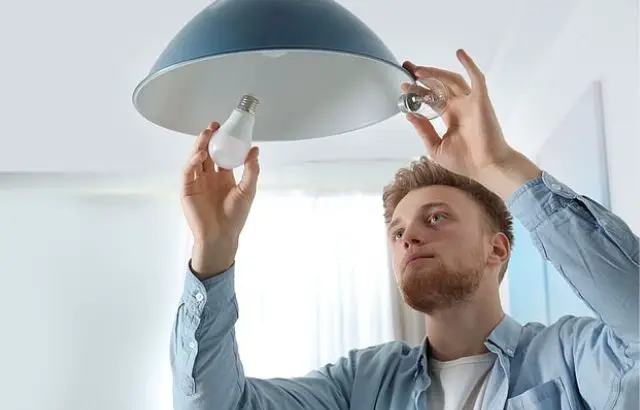





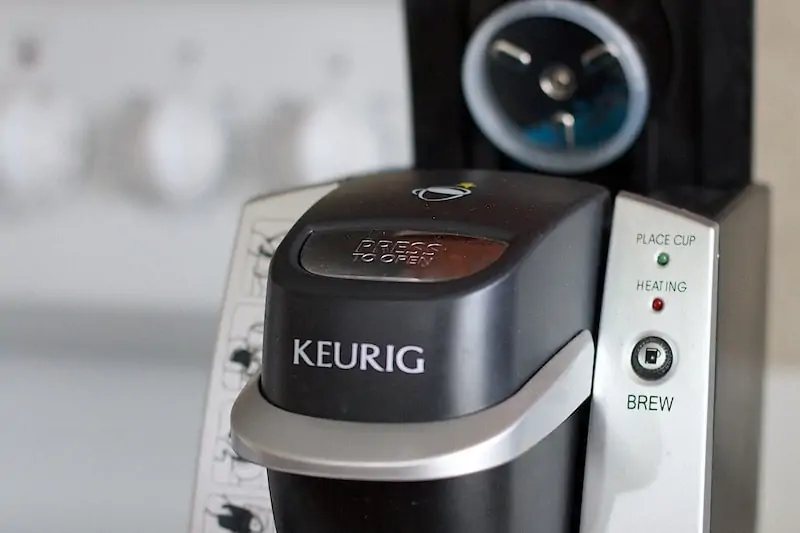



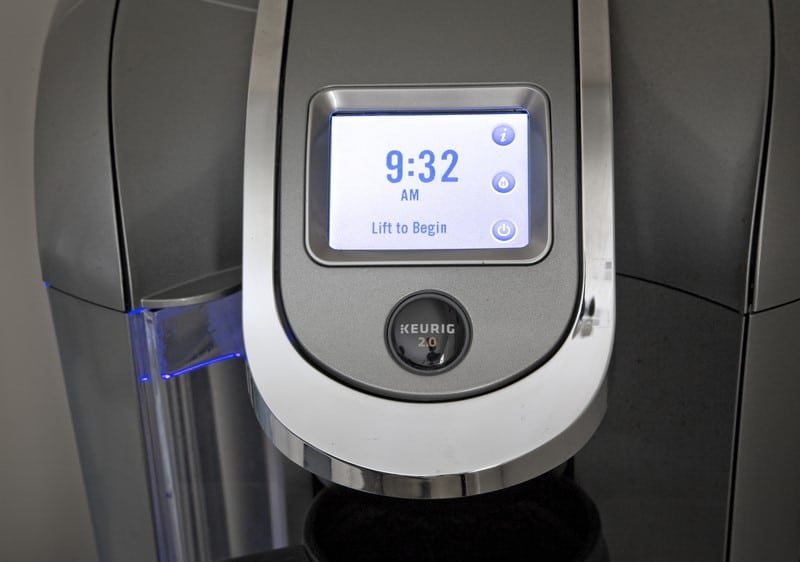






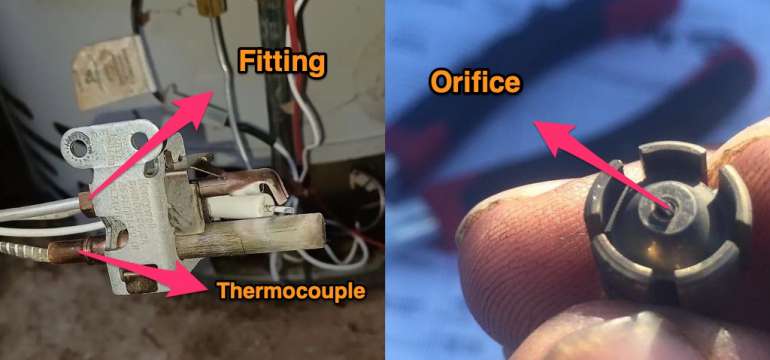

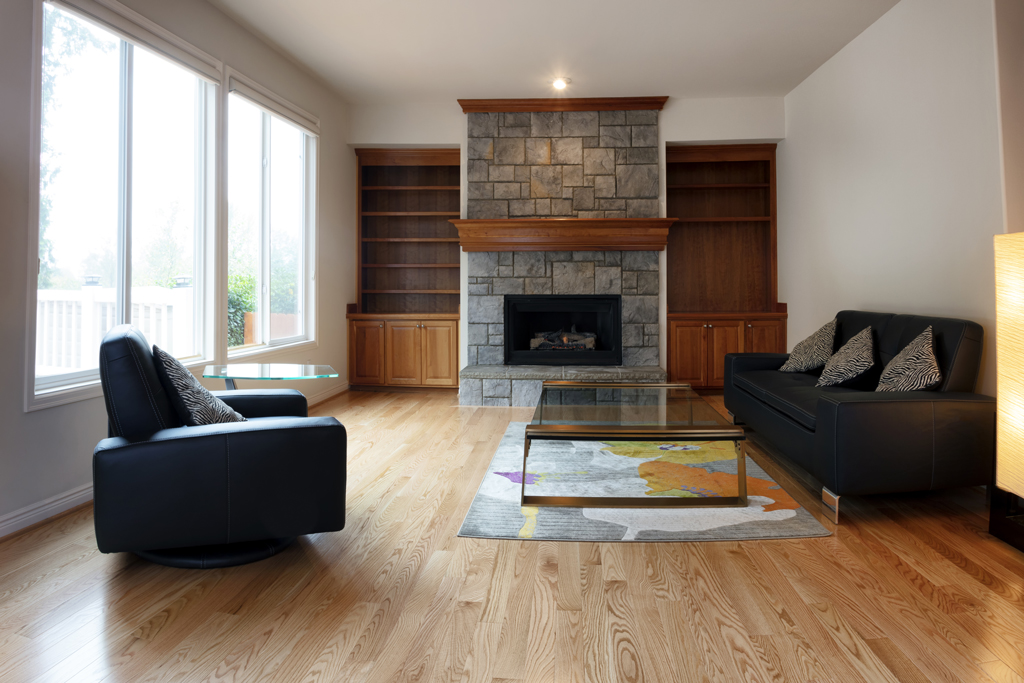


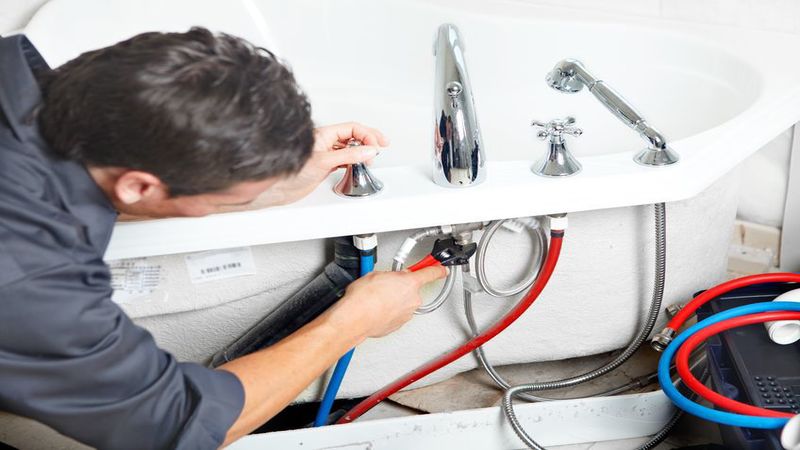


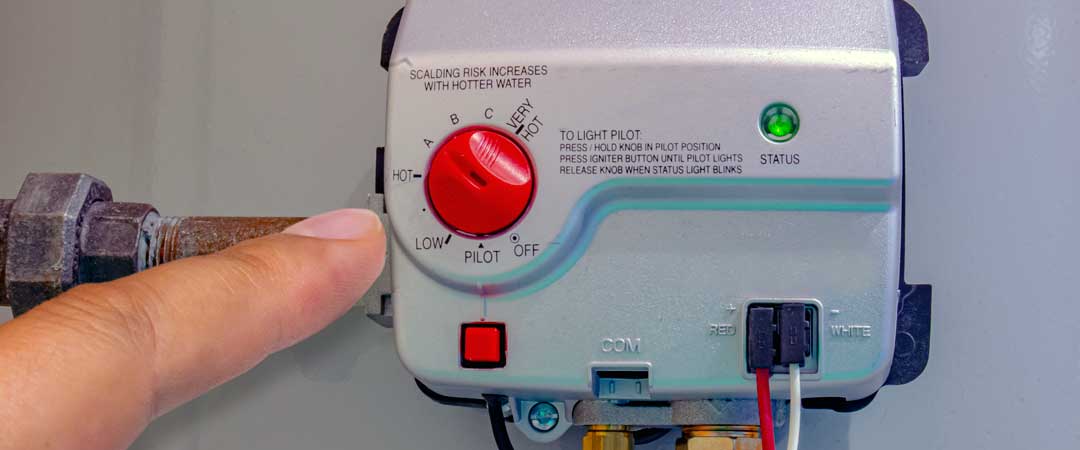







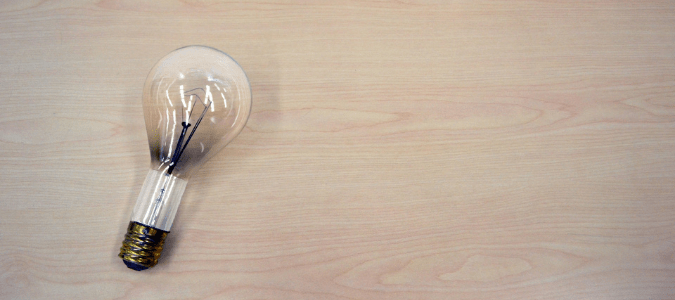
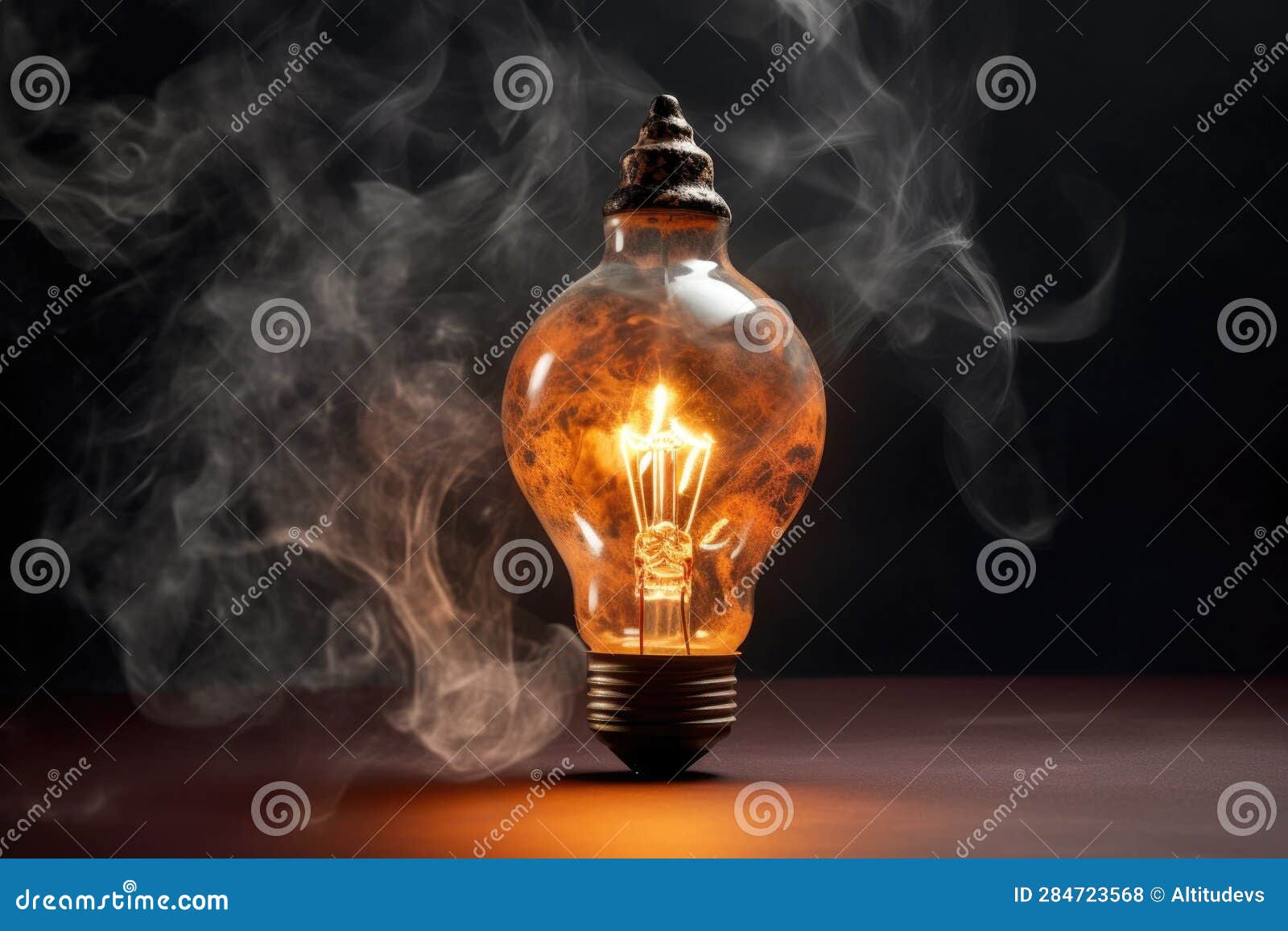






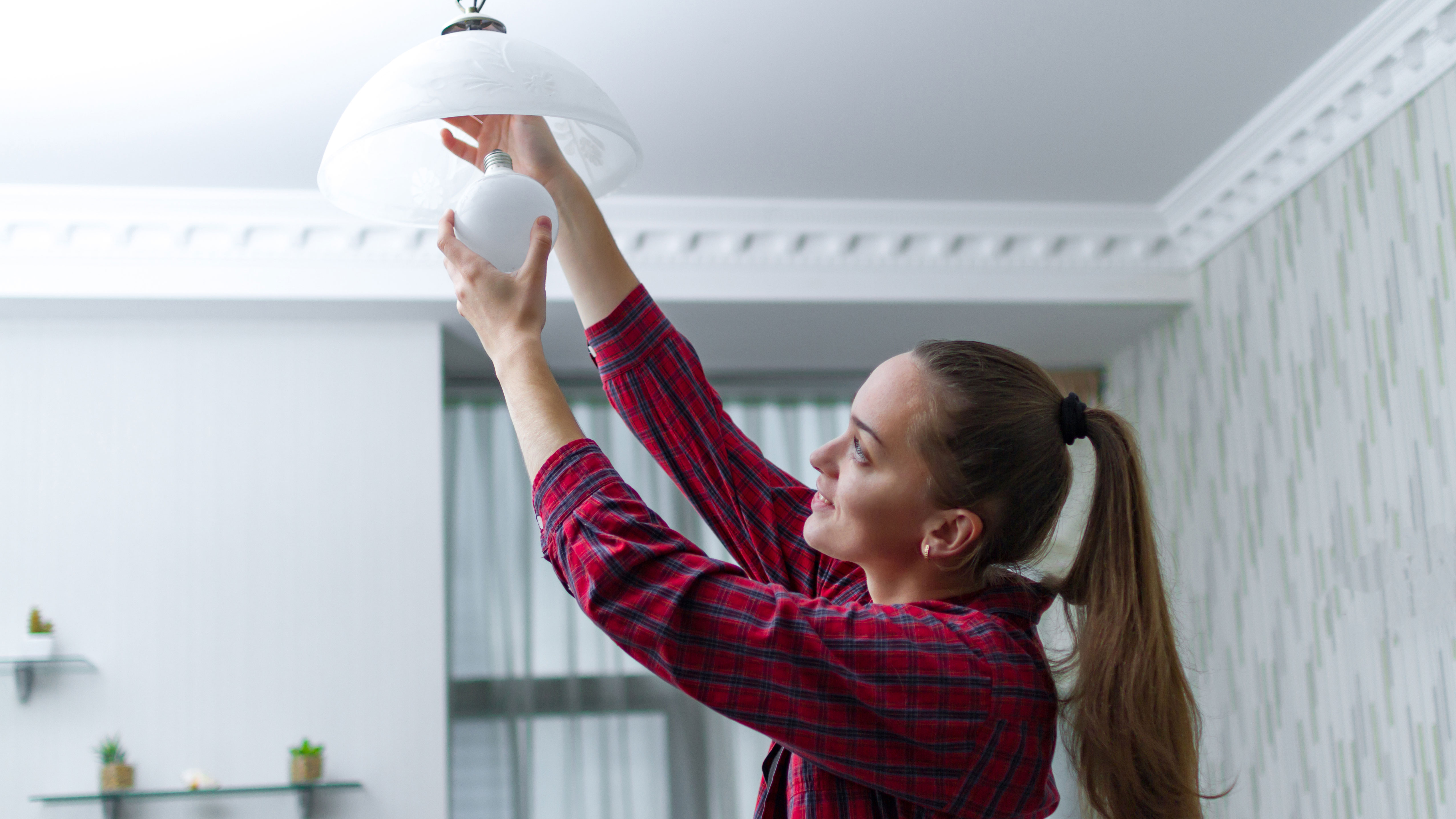
:max_bytes(150000):strip_icc()/convert-ceiling-light-to-recessed-light-p2-1821561-hero-1fd056c75f4c453b911a9ab5ea211d71.jpg)






/installing-led-retrofit-bulb-into-ceiling-fixture-184968332-584f033a3df78c491e1876af.jpg)









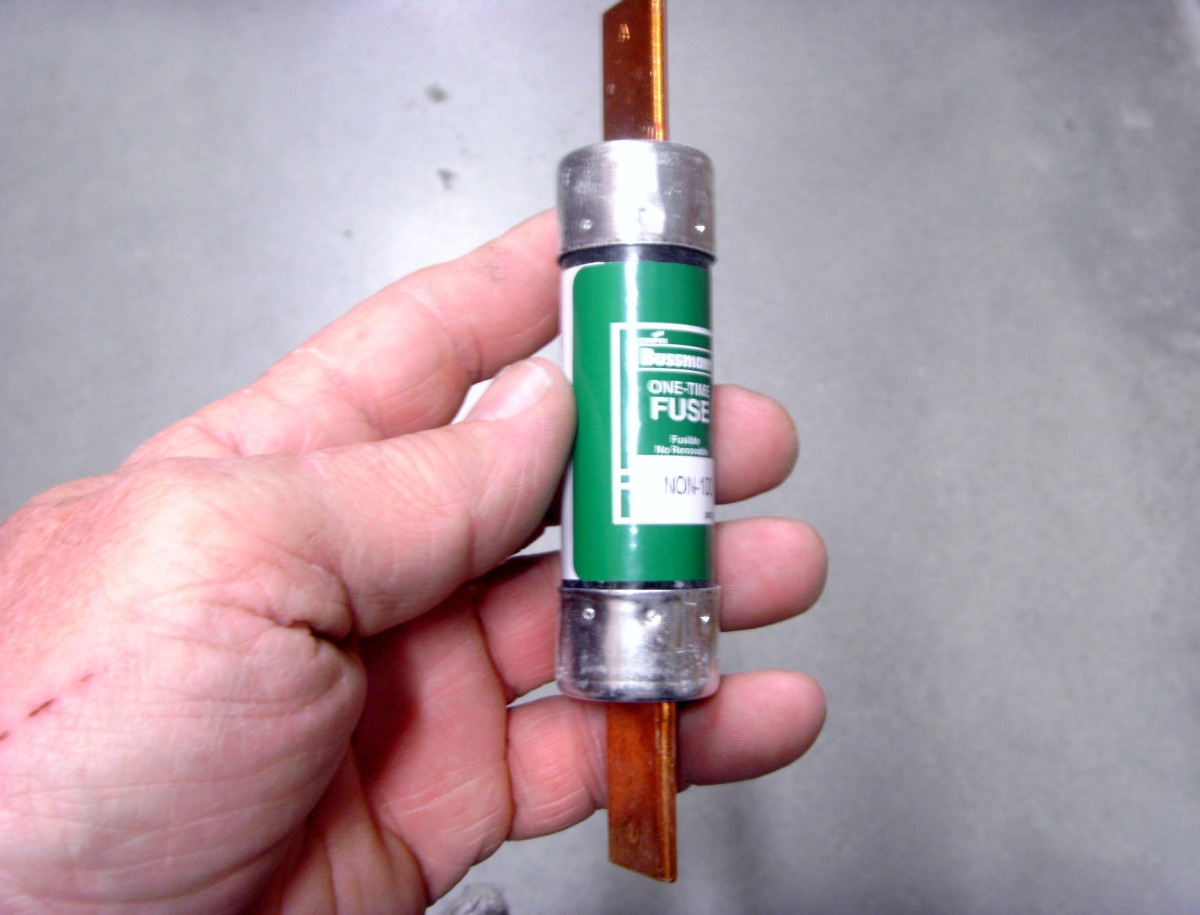

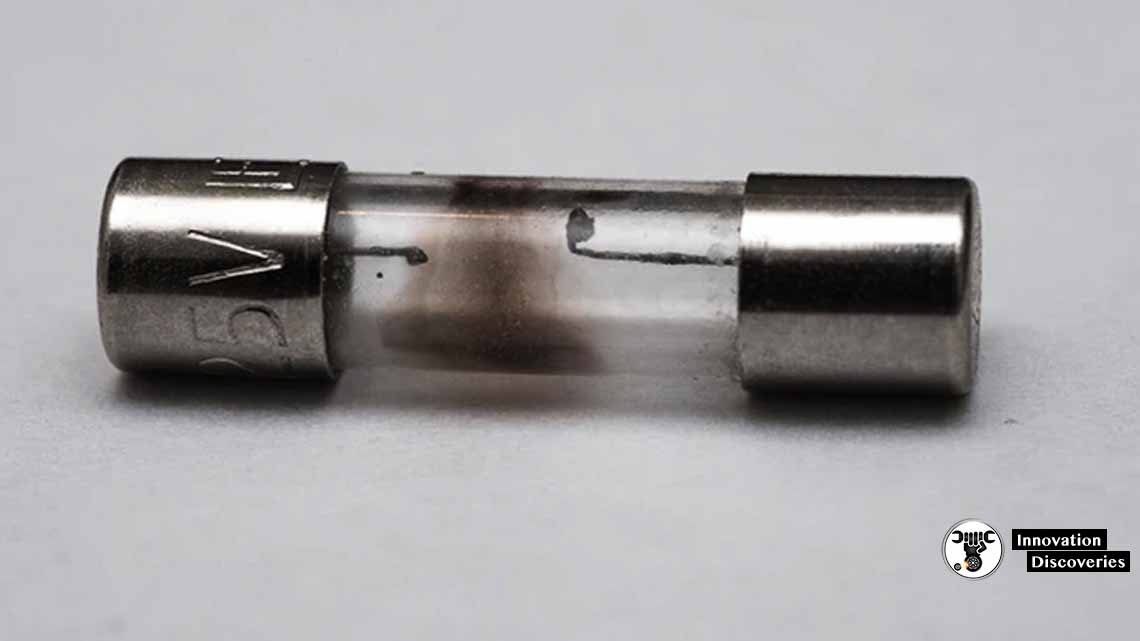
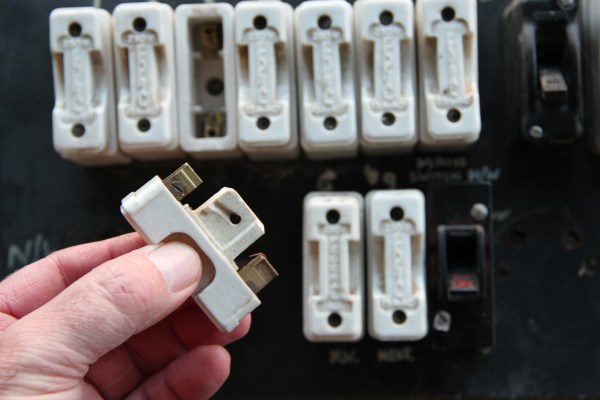
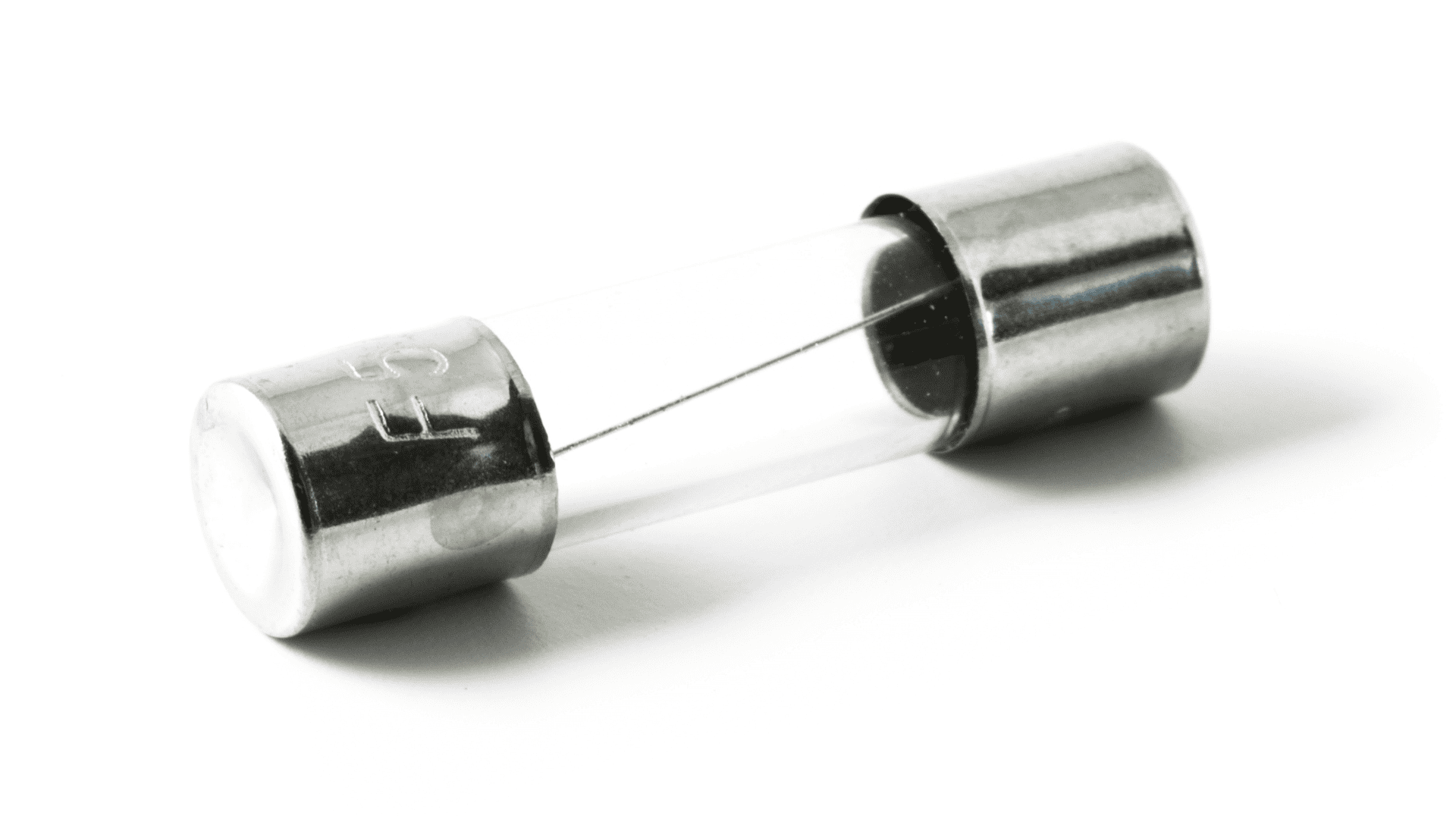

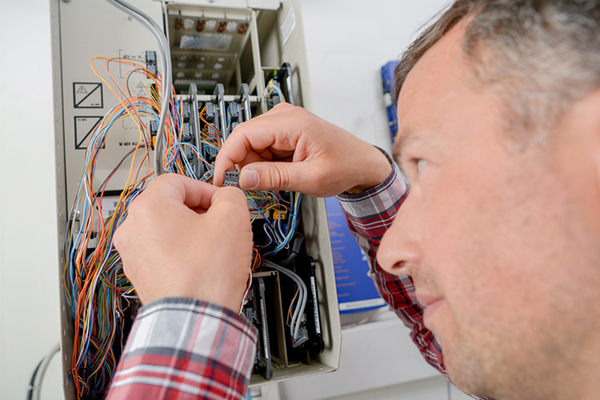

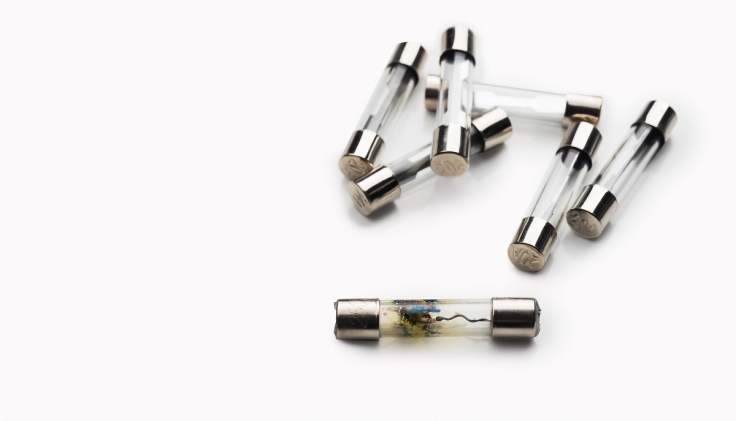




:max_bytes(150000):strip_icc()/184968332-56a5a6433df78cf7728941c8.jpg)




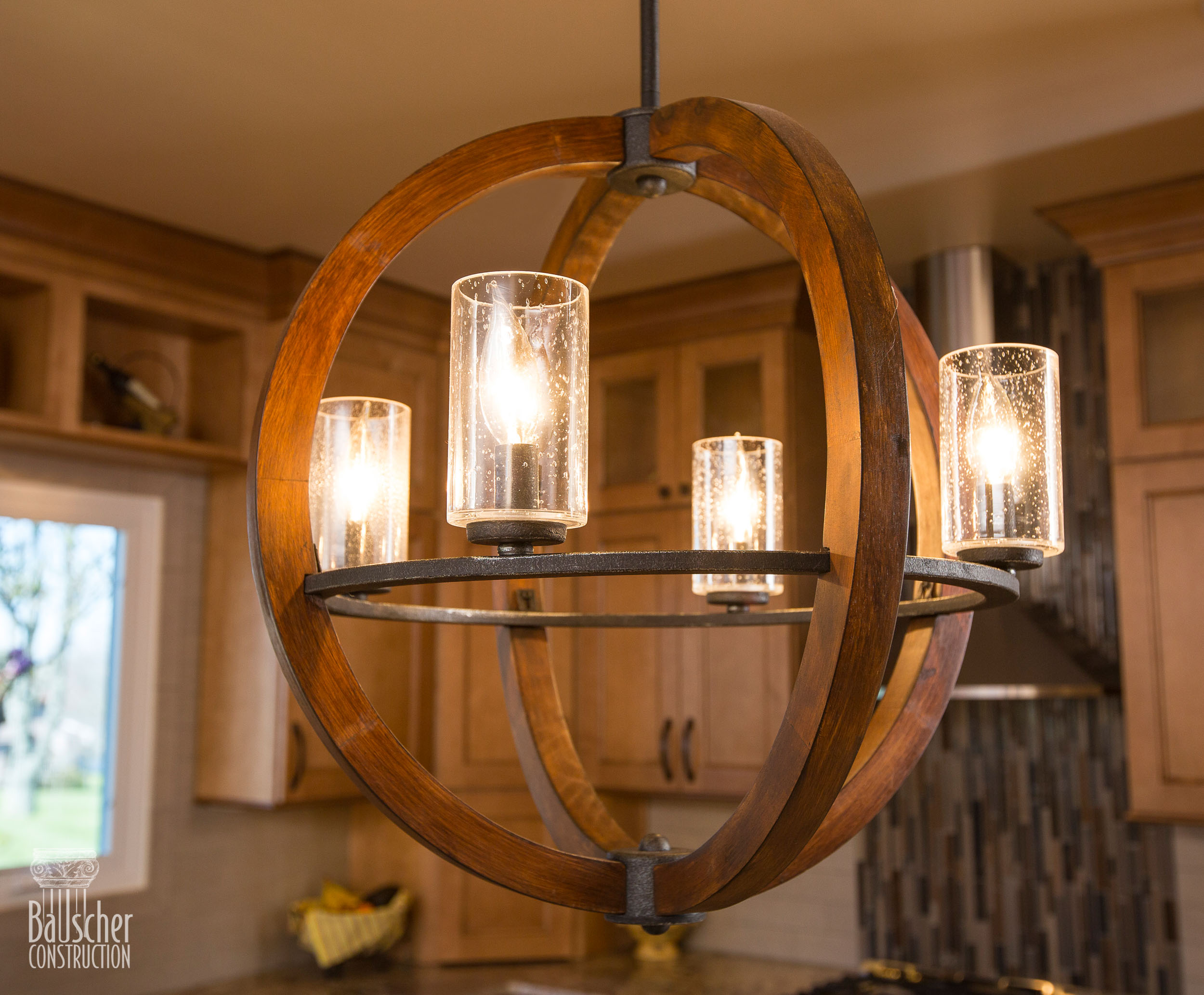

:max_bytes(150000):strip_icc()/185006363-56a5a6425f9b58b7d0ddd374.jpg)
